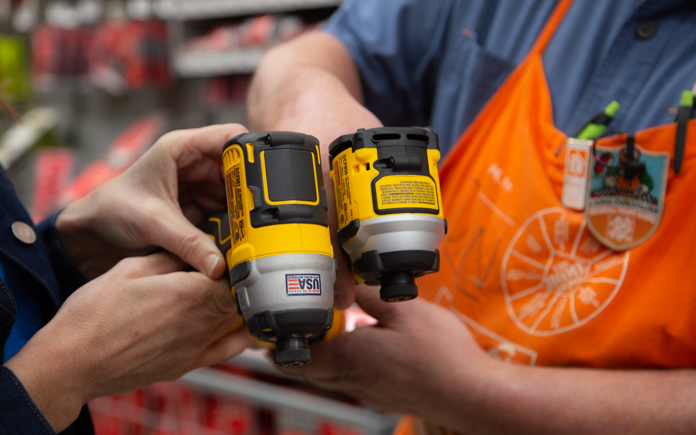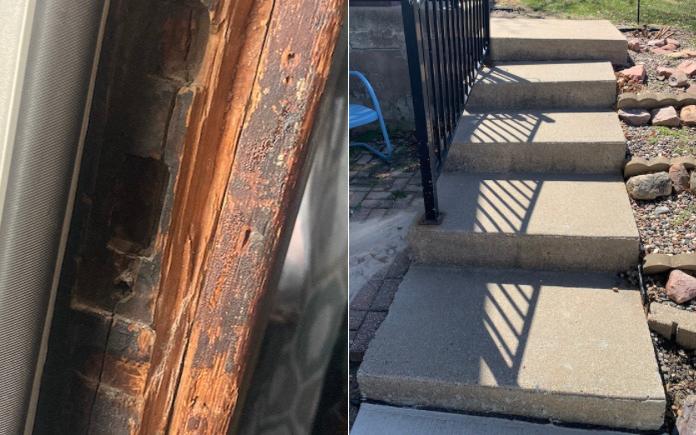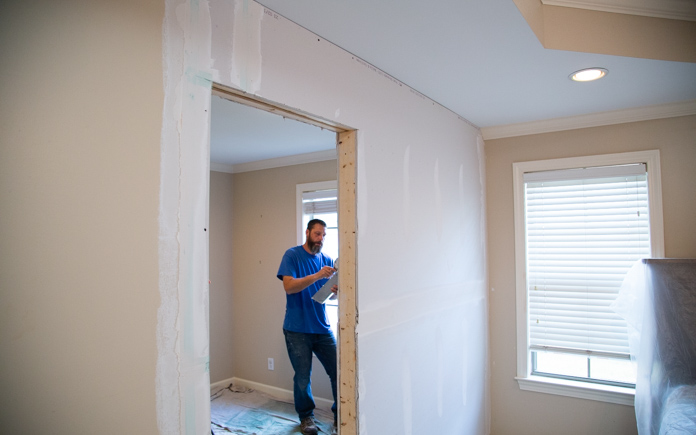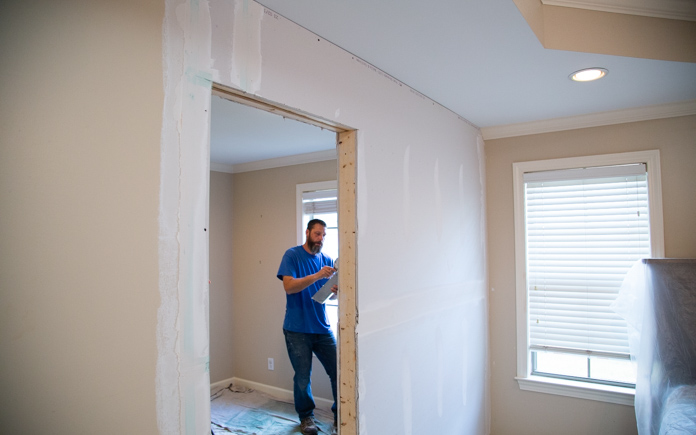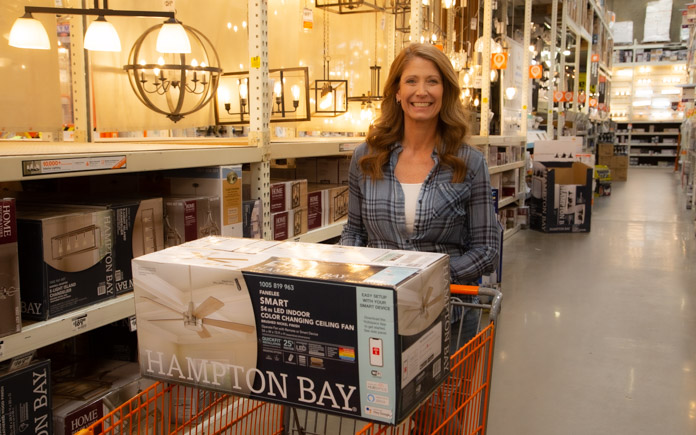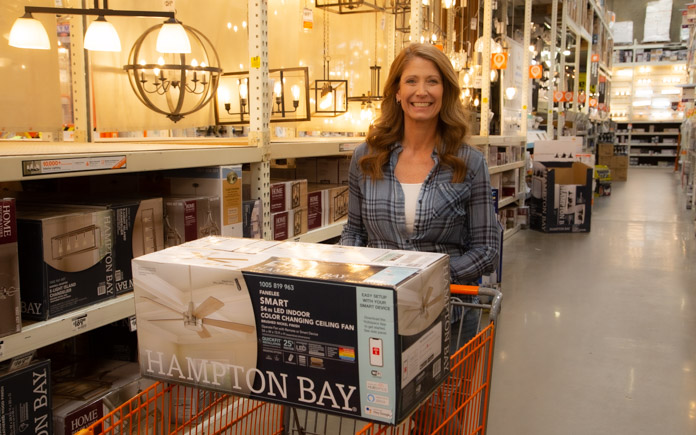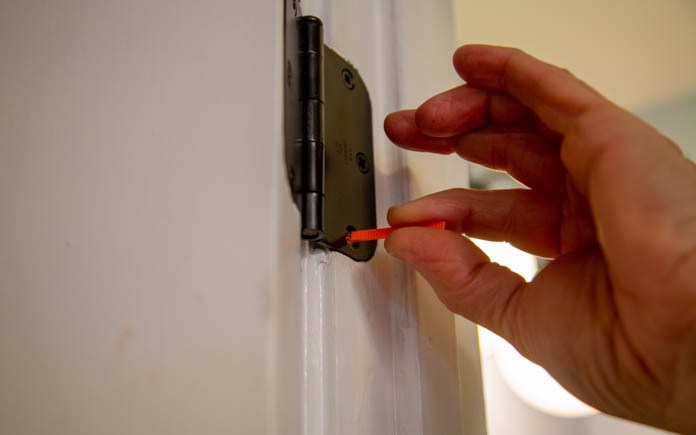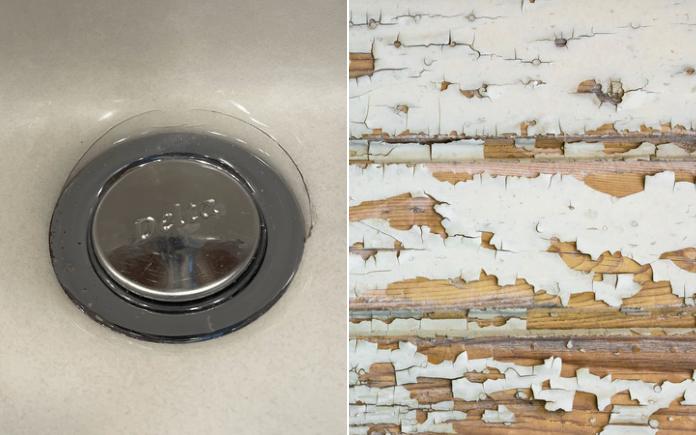Metal Roofing: Protection in All Climates
No matter what mood Mother Nature is in, metal roofing offers your home protection. Crazy snow and ice storms, monster hurricanes, golf ball-sized hail, extreme heat and torrential downpours. Homeowners everywhere face unique climate challenges. In this special Today’s Homeowner podcast, I’m talking with Renee Ramey, Executive Director of the Metal Roofing Alliance. We’re setting … Read more


